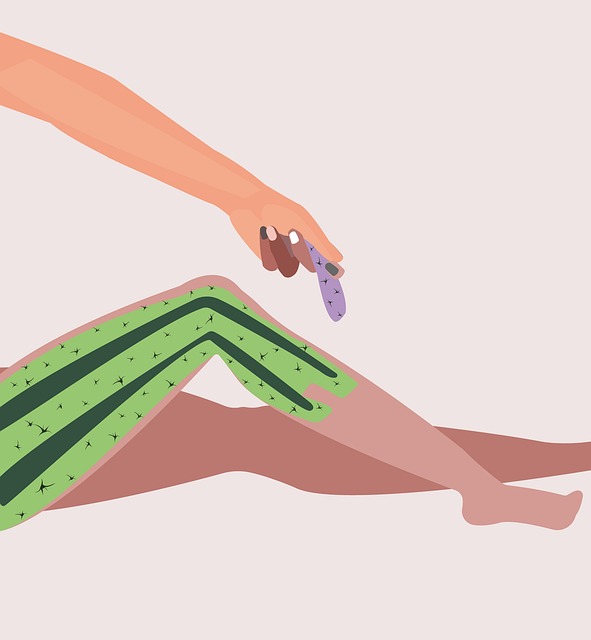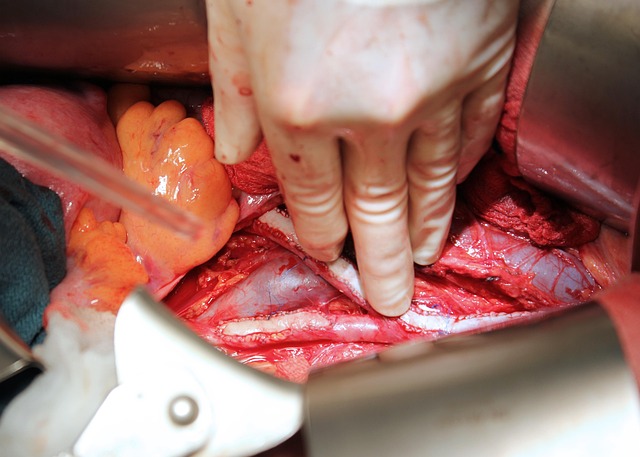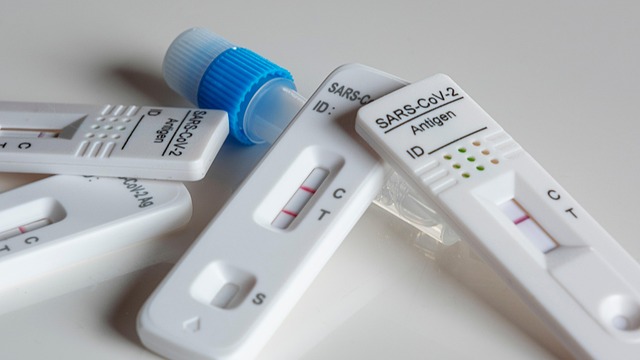Outpatient wart removal procedures offer swift, comfortable solutions for eliminating skin warts in private clinics across the UK, prioritizing safety and convenience with modern techniques like cryotherapy or laser therapy under local anaesthesia. After the procedure, patients experience mild discomfort and require proper aftercare to prevent re-infection; accessible, cost-effective options are available.
Looking for relief from annoying warts? Outpatient wart removal offers a quick, effective solution without the need for hospitalization. This comprehensive guide explores the entire process, from understanding the procedure to managing pain and aftercare tips. We delve into the different types of warts and when persistent cases may require specialized treatment. Get ready to bid farewell to those pesky growths once and for all with this detailed overview of the outpatient wart removal procedure.
- Understanding Outpatient Wart Removal
- The Procedure: Step-by-Step Overview
- Pain Management During Treatment
- Common Warts vs. Persistent Cases
- Recovery and Aftercare Tips
Understanding Outpatient Wart Removal

Outpatient wart removal is a procedure designed to eliminate warts from the skin efficiently and effectively. This process typically involves a visit to a specialized clinic, such as those found in London or Cheltenham, where trained professionals use various techniques to target and remove unwanted warts. The procedure is usually quick and carried out under local anaesthesia, ensuring minimal discomfort for the patient.
Unlike more invasive methods, outpatient wart removal focuses on safety and comfort. It’s a popular choice for individuals seeking swift relief from warts without the need for extensive downtime or complex recovery processes. Private clinics like those in Gloucester offer this service, providing convenient access to specialized care for those living in these areas.
The Procedure: Step-by-Step Overview

The outpatient wart removal procedure is a relatively straightforward process designed to effectively eliminate warts while minimizing discomfort. It typically involves several steps, carried out by a qualified healthcare professional at a medical spa or clinic. First, the doctor will assess the wart(s) and determine the most suitable removal method based on size, type, and location. Common techniques include cryotherapy (freezing), surgical excision, and topical treatments.
During the actual procedure, local anesthesia may be administered to numb the area around the wart, especially if the patient is sensitive to pain. For larger warts, a more extensive removal method might be employed. Cryotherapy involves freezing the wart with liquid nitrogen, while surgical excision cuts out the wart. Topical treatments apply chemicals to dissolve the wart over time. After the procedure, patients are usually given care instructions, including how to manage potential side effects and when to expect results, with a follow-up visit scheduled to ensure proper healing. Many find private wart removal essex colchester medical spas offer the best services for effective and comfortable wart removal.
Pain Management During Treatment

During an outpatient wart removal procedure, pain management is a key consideration for healthcare professionals. While some individuals may experience discomfort, modern techniques and local anaesthetics are often used to minimise this. The specific method employed depends on the type of wart and the patient’s tolerance. For instance, procedures like cryotherapy (freezing) or laser treatments can be relatively quick and usually cause minimal pain compared to more invasive options.
In regions such as Blackpool, Epsom, and the West Midlands, including Wolverhampton, private clinics offer wart removal services that cater to different needs and preferences. These facilities often provide a range of anaesthetic options and pain management techniques tailored to each patient’s comfort level. This ensures that even though outpatient wart removal is generally considered relatively painless, individuals receive personalised care.
Common Warts vs. Persistent Cases

Common warts are typically small, rough bumps that can appear anywhere on the body, most often on the hands and feet. They are usually harmless and may go away on their own with minimal treatment. However, persistent cases of warts that do not respond to over-the-counter remedies or that cause discomfort or pain may require medical intervention. In such instances, an outpatient wart removal procedure is a safe and effective solution.
When considering private wart removal Maidstone, it’s important to understand that the procedure is generally straightforward and carried out by qualified healthcare professionals. The goal is to remove the affected skin growth while minimizing discomfort. Is outpatient wart removal painful? To a large extent, it depends on individual sensitivity. Modern techniques often involve topical anesthetics to numb the area, making the process more comfortable. Cost-effective options for wart removal are also available, ensuring accessibility to effective treatment without breaking the bank.
Recovery and Aftercare Tips

After an outpatient wart removal procedure, it’s normal to experience some discomfort or mild pain for a few days. The recovery process typically involves keeping the treated area clean and dry, and avoiding strenuous activities that might irritate the skin. Applying a cold compress can help alleviate any soreness or swelling.
Post-treatment aftercare is crucial. This includes gently cleaning the wart with mild soap and water, avoiding picking or scratching the area to prevent re-infection, and using recommended topical medications as directed by your Wakefield wart clinic. Most fast wart removal solutions take time, so patience is key. While there may be some initial discomfort, proper aftercare can help expedite healing and reduce the risk of side effects like scarring or infection, which are rare but important to consider when opting for any wart removal method, including outpatient procedures.
Outpatient wart removal, while sometimes uncomfortable, is a quick and effective solution for most common warts. Through a simple, step-by-step procedure, healthcare professionals can efficiently manage pain during treatment. With proper aftercare, patients can experience a significant improvement in their skin’s health, eliminating the need for persistent treatments. Understanding the process and managing expectations are key to navigating this effective outpatient wart removal procedure.
